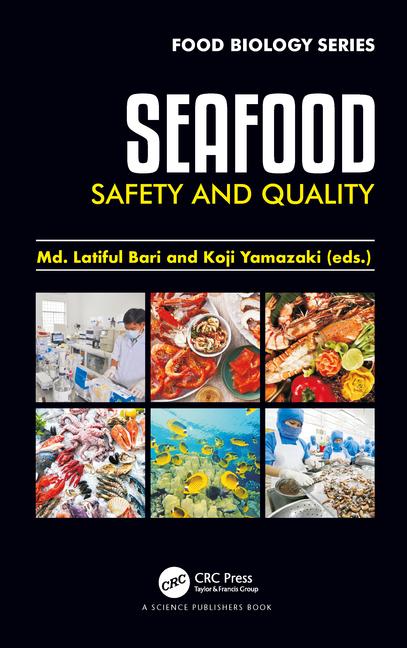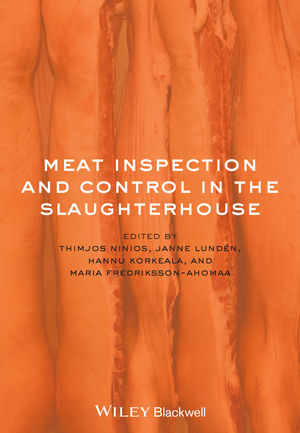Japan Trade Border Opening — but When?
My recent telephone conversation with the owner of a beef-industry operation left me with a throbbing head. Honestly. I expected to hear good news in the wake of the word concerning the impending reopening of Japan’s borders to U.S. beef exports. After all, it means all factions of the beef industry can collectively exhale, since American beef would once again find its way to consumers in Japan. Of course this thinking assumes some sort of immediacy, which is never — or at least rarely — the case concerning geopolitics, with a side order of international trade. That’s one thing I learned in my college international politics lectures.
What triggered the throb in my head, however, was the frustration in the voice on the phone and the litany of roadblocks slowing the reopening process. Then another possible U.S. case of BSE hit the news. USDA announced an inconclusive test for BSE, the sample of which was sent to Ames, IA, for further testing. Although USDA offered no details about the source of the animal, the department reported that the beef was not released into commerce.
I placed a call to J.B. Penn, the U.S. Agriculture Undersecretary, America’s chief negotiator on the trade front, hoping for some first-hand information. I am sure he will return my call. However, my deadline forces me to move ahead, and so I did what any self-respecting journalist does — I went online. I continue to be amazed by this terrific tool giving me instant access to tons of information for which I once searched through library files. Even though getting instant results is the subtext of our fast-paced culture, I am saddened that future generations will be deprived of the thrill of the hunt through the Dewey decimal system, for there is no substitute for the real thing on a library shelf. Alas, there is so little time. But I digress.
At issue here is Japan's decision to partially lift its 10-month-old mad-cow disease-related ban on U.S. beef valued at $1.4 billion annually. The timetable for repairing the international fissure between the trading partners is anybody’s guess, based on the various sources I found on the Net, including quotes by J.B. Penn, such as this one in a recent American Meat Institute (AMI) press release: “Agriculture Undersecretary J.B. Penn said that it would be just a ‘matter of weeks’ before the new regulations were worked out and trade resumed, [but it] probably won't occur until 2005.” Those new regulations deal with BSE (bovine spongiform encephalopathy) a.k.a mad-cow detection, progeny verification, and/or birth records. A 100-percent testing mandate of cattle has been a sticking point in the trade negotiations with this country resisting such, pointing to prohibitive costs and unreliability in detecting the disease in cattle with no symptoms.
"It has taken Japan a long time to discover what the world has already known,” J. Patrick Boyle, AMI President and CEO, reports. “You do not have to test 100 percent of the cattle.”
The agreement allows importation of U.S. beef with birth records confirming the age of cattle as younger than 21 months at harvesting, a stipulation based on the earliest age of BSE detected in cattle in Japan.
The good news for America is that the vast majority of U.S. cattle are harvested before that age. The real news, however, is that the game between the trading partners is playing out on the wait-and-see field. Meanwhile, a more proactive push to open new markets abroad may be in order.





Report Abusive Comment